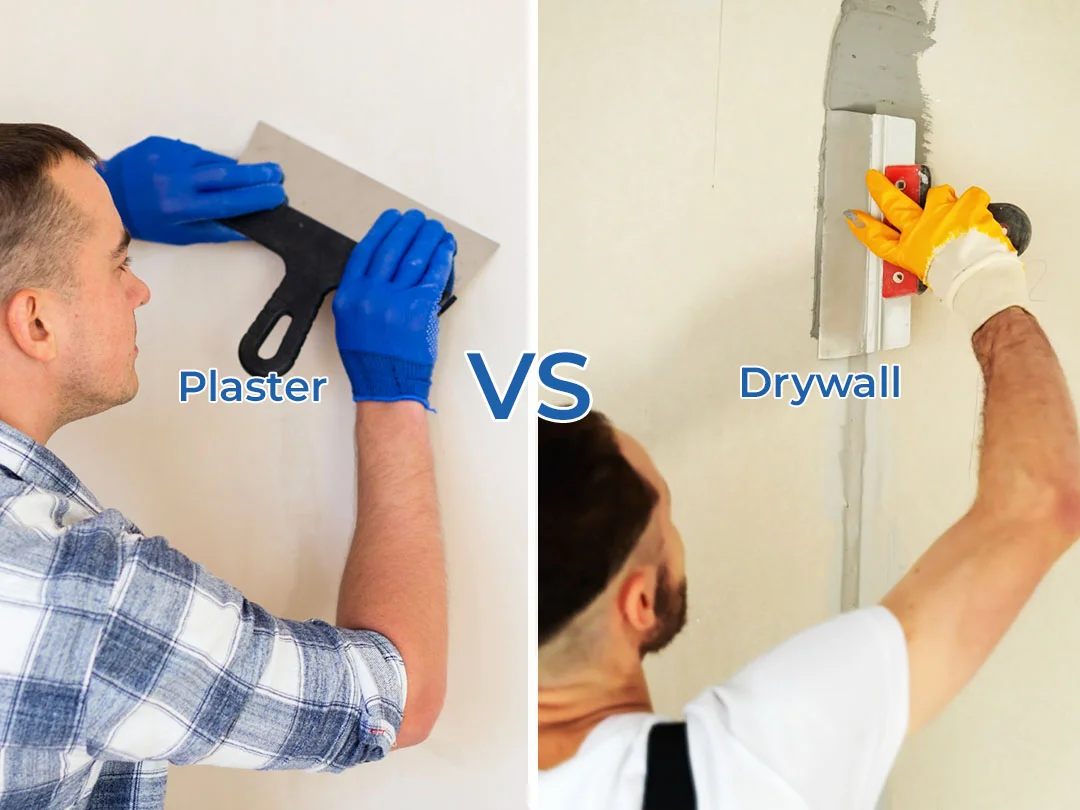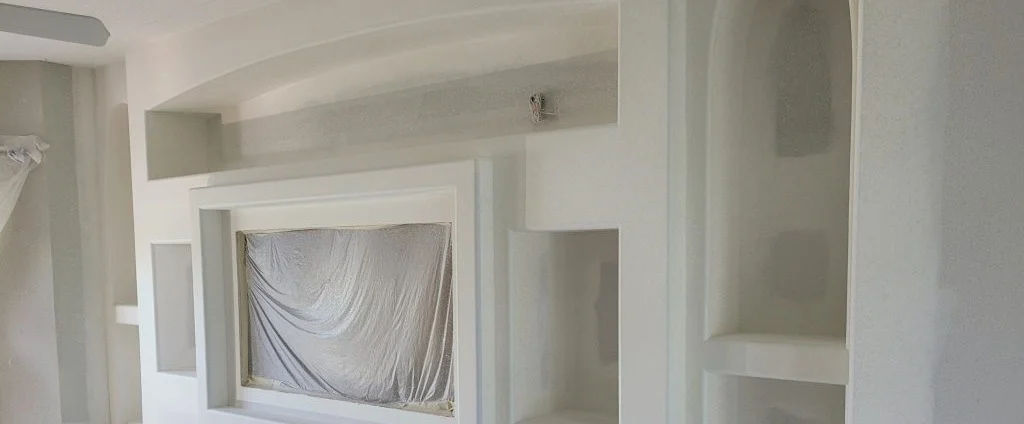
When homeowners in Tarpon Springs consider wall restoration, many wonder whether their homes feature plaster or drywall. Knowing which material is in place guides the repair process and ensures the right approach for long-term results. Professionals specializing in drywall and plaster repair can help identify the surface and provide the most effective solutions.
How to Tell Plaster from Drywall
Although they have different compositions and applications, plaster and drywall have the same function. Plaster is frequently used in older homes and is usually applied in multiple coats over wooden lath strips. When tapped, it often produces a denser sound and feels substantial. After the middle of the 20th century, drywall—also known as wallboard or sheetrock—became the norm. Large sheets of it are delivered, fastened to wall studs, and sealed at the joints with joint compound.
Examining wall thickness is one method of differentiating between the two. Because plaster is applied by hand, it may exhibit minor imperfections and is typically thicker. Drywall offers a smoother and more consistent surface.
The Advantages of Plaster
Plaster walls are resilient to sound and long-lasting. Plaster helps reduce noise transfer between rooms because it is denser than drywall. It is also resistant to dents due to its sturdy surface. Original plaster, which lends character and a feeling of craftsmanship, is still present in many historic homes in Florida.
However, plaster is susceptible to cracking over time, particularly in homes with shifting foundations or in humid climates. Plaster repair requires expertise because it involves matching existing textures and layering materials.
The Benefits of Drywall
Because it was inexpensive and straightforward to install, drywall became widely used. The speed at which contractors can install drywall sheets can benefit large-scale construction projects. Because cutting drywall is relatively simple, it is also more adaptable to plumbing and electrical changes.
Modern drywall products excel in bathrooms, kitchens, and other high-traffic areas because they are available in fire- and moisture-resistant varieties. However, homeowners may need minor repairs more frequently because drywall is more prone to dents and holes.
Common Repair Approaches
Repair techniques vary depending on the type of wall; for plaster, experts first remove any loose or delaminated areas, then use base or scratch coats to fill in cracks, and finally apply a finish coat that blends in with the texture of the wall. It frequently takes expertise and experience to achieve a smooth transition in the end. Repairing drywall usually entails removing damaged areas, putting in new board, using joint compound to finish seams, sanding smooth, and painting. Patch kits can be used to repair small holes, but complete section replacement is frequently necessary for larger areas. To preserve appearance and reduce waste when repairing rather than replacing historic buildings, the U.S. General Services Administration advises restoring original plaster surfaces to the greatest extent feasible.
Preventing Future Damage
Both plaster and drywall can have their lifespans extended with regular maintenance. When cracks or bubbling appear, homeowners should schedule professional inspections, control humidity levels, and fix leaks as soon as possible. Another way to seal surfaces and lessen the effects of moisture is to use the right paint or finish.
Regular maintenance maintains the structural integrity and aesthetic appeal of walls. Preventive measures increase the longevity of the selected wall material and lower the frequency of repairs.
Why Professional Repair Matters
Uneven results are frequently the result of attempting to repair plaster or drywall without the proper equipment or expertise. Expert technicians guarantee that the repair blends in perfectly with the rest of the wall by bringing their understanding of material properties, techniques, and finishes. In order to prevent recurring issues, they can also spot underlying problems like settling or water damage.
For homeowners in Tarpon Springs, understanding whether your walls are plaster or drywall is the first step toward proper care. Each material has its strengths, and both require professional attention to maintain durability and appearance. When you need drywall and plaster repair, you can rely on and trust Ceiling Solutions Fast to deliver lasting results.
Picture Credit: Freepik


